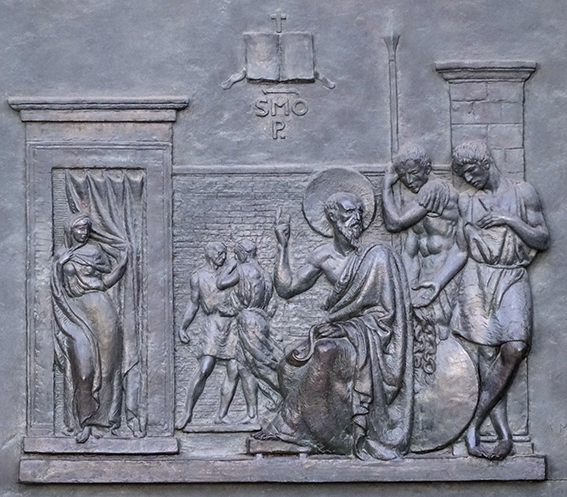
The First Reading at Mass on Sunday, the 5th Sunday of Easter, came from the Acts of the Apostles and told of the completion of St Paul’s first missionary journey (together with Barnabas). It includes a lot of place names and is almost just the itinerary of their journey. But there is more…
Paul and Barnabas went back through Lystra and Iconium to Antioch. They put fresh heart into the disciples, encouraging them to persevere in the faith. ‘We all have to experience many hardships’ they said ‘before we enter the kingdom of God.’ In each of these churches they appointed elders, and with prayer and fasting they commended them to the Lord in whom they had come to believe.
They passed through Pisidia and reached Pamphylia. Then after proclaiming the word at Perga they went down to Attalia and from there sailed for Antioch, where they had originally been commended to the grace of God for the work they had now completed.
On their arrival they assembled the church and gave an account of all that God had done with them, and how he had opened the door of faith to the pagans.
Acts 14:21-27
In itself the list of place names should give contemporary Christians pause for thought, and pause for prayer. These are places in modern day Turkey, a country currently housing 2.7 million refugees from Syria.
What also should give pause for thought and prayer is the example Paul and Barnabas set for their support of the new Christian communities they have established, and the putting in place of elders: in these ways, and by their own example, resourcing the local Church to endure hardship and remain faithful.
- Who do we resource and how?
- What is the example we give?
- To whom do we give account of what God has done with us?
St Paul, servant-slave, preaching the Gospel. Basilica of St Paul outside the Walls, Rome. (c) 2016, Allen Morris